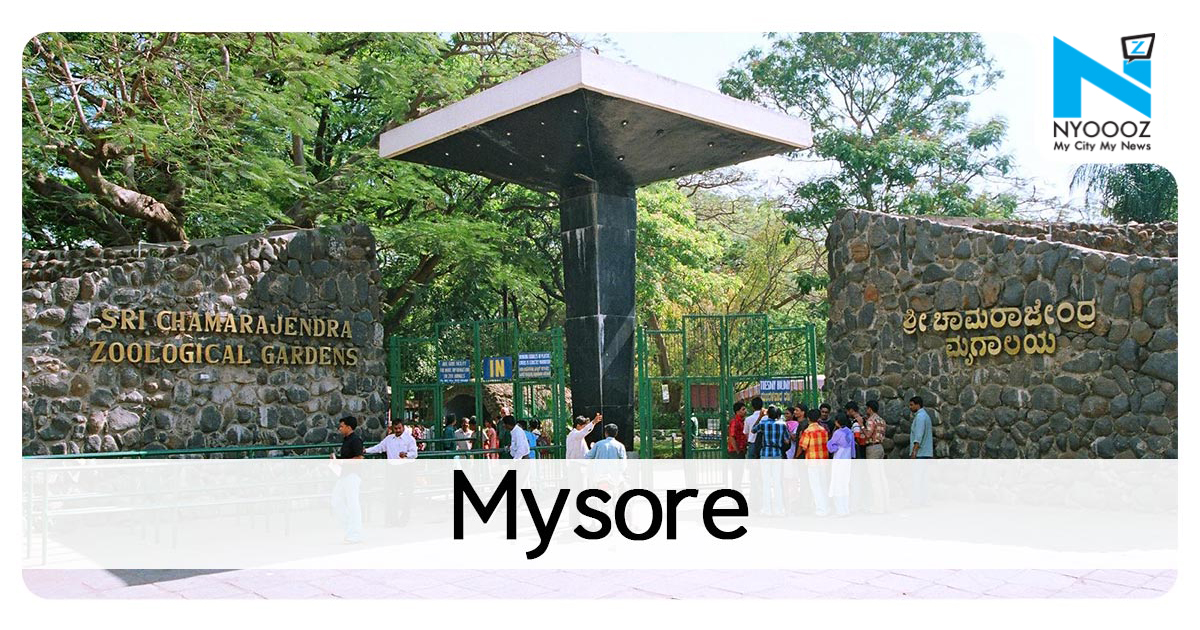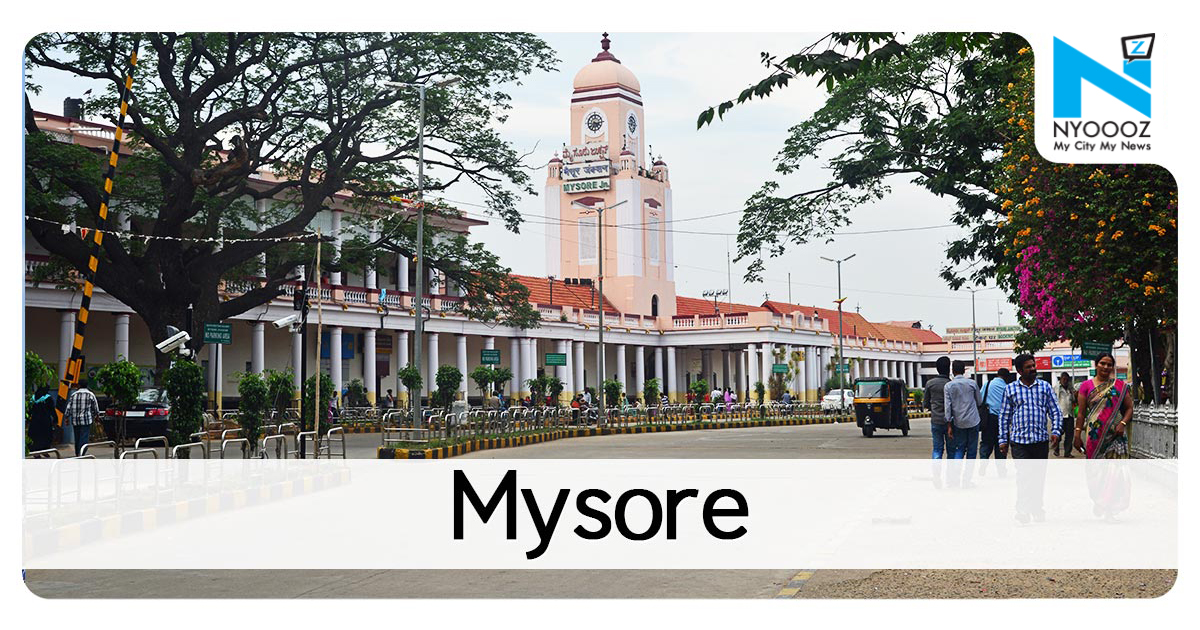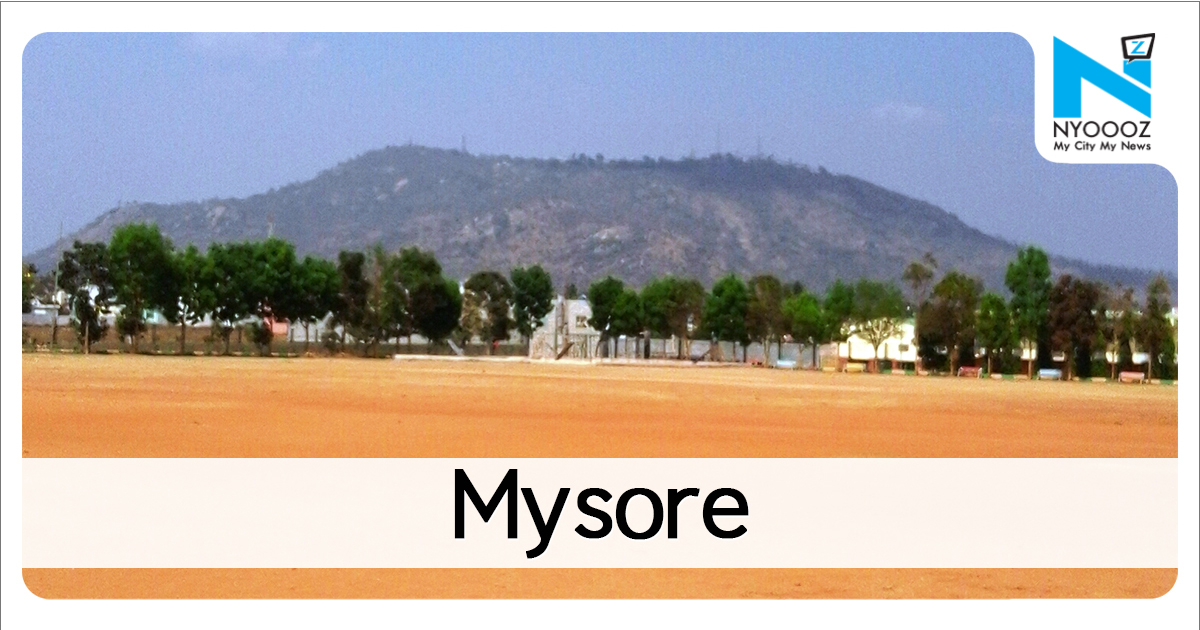
Madikeri: A team of scientists has concluded that the devastation which struck Kodagu district in mid-August is due to ecological damages made by humans in the eco-sensitive hilly terrain of the district. Heavy vehicular movement and the lack of sustainable planning are mentioned as the major causes for road-slides near Madikeri. The preliminary data was submitted to DC Sreevidya P I in September-end, while the second survey began during the same time. “Settlements and areas which have high-gradient slopes should be considered for Slope Stability Assessment Study in future so as to ensure safety,” the report stated. The recommendations made by the team highlight the implementation of proper drainage systems across the devastated areas, especially in north Kodagu.The team suggests proper channelization of slope run-off water at unstable zones in order to avoid development of pore-water pressures that could even damage supporting structures.

If You Like This Story, Support NYOOOZ
Your support to NYOOOZ will help us to continue create and publish news for and from smaller cities, which also need equal voice as much as citizens living in bigger cities have through mainstream media organizations.
Stay updated with all the Latest Mysore headlines here. For more exclusive & live news updates from all around India, stay connected with NYOOOZ.








